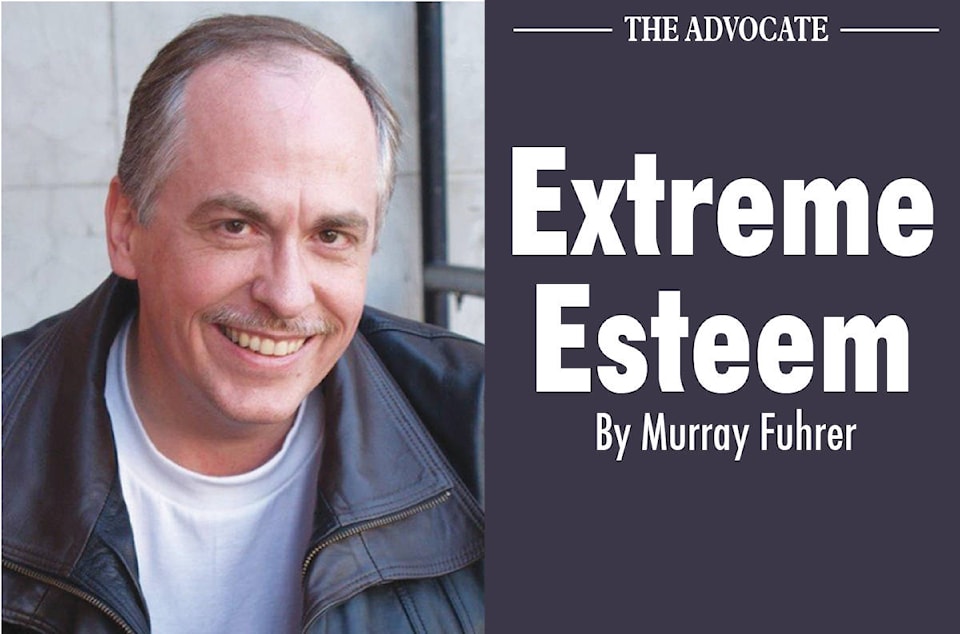“Men fall in private long before they fall in public.”
– J.C Ryle, English Evangelical Anglican bishop
“How could this have happened,” he cried. “How can I be here again?”
Some experts in the field of personal development blame our confounding return to a previous state-of-being on homeostasis. Homeostasis is a term typically used in biology. By definition, it’s the ability or tendency of an organism or cell to maintain internal equilibrium by adjusting its physiological processes. Primarily, to stay the same or, if change is introduced, to eventually return to the same. Our bodies continually seek homeostasis, but some experts suggest that the process also affects us on a psychological level.
It may help to think of homeostasis like the thermostat in our home that keeps temperatures within a specific range. Let’s call this range our comfort zone. To learn and grow, it is necessary to step out of our comfort zone, yet every time we do homeostasis kicks in, drawing us back into old set patterns. Backsliding, therefore, is a natural consequence of change.
As we advance confidently in the direction of our goals, we’re likely to encounter homeostasis. For example, let’s say we’re considering improving our self-esteem, but shortly after we begin to make some necessary changes, we’re wracked with uncertainty and start to second-guess ourselves. We soon find ourselves drifting back to the old ways of thinking and being.
It’s important to note that our desire to change might trigger homeostasis in our family, friends and colleagues. We might feel pressure from every angle to return to a previous state.
Moreover, homeostasis shows up regardless of whether the change is positive or negative. Homeostasis is a value-neutral, automatic response to change. The intensity of fear and resistance is related to the size and pace of the change, not to the quality of the change.
In Mastery: The Keys to Success and Long-Term Fulfillment, author George Leonard writes about the role of homeostasis in learning and perfecting new skills and techniques.
“Homeostasis resists all change,” says Leonard. As an example, he suggests, “after 20 years without exercise, your body regards a sedentary style of life as normal. The beginning of a change for the better is (therefore) interpreted as a threat.
“Still, change does occur,” says Leonard. “Individuals change. Families change. Organizations and entire cultures change. Homeostats are reset, even though the process might cause a certain amount of anxiety, pain and upset. The question is: How do you deal with homeostasis? How do you make change for the better easier? How do you make it last?”
Given the importance of homeostasis, it is often better to negotiate with it rather than try to overwhelm or prevent it. To that end, Leonard offers some simple yet effective strategies.
Break change into smaller steps, thus reducing the intensity of the resistance. Homeostasis increases with the size of the change, not the nature or value of the change.
Analyze the actual risk. Fear magnifies danger as it minimizes your competence.
Build a support network of empowering friends. Avoid people, places and things that undermine your learning and amp up your fear. While backsliding is occasionally inevitable, this loop is easier to transcend with support and encouragement.
Reframe setbacks and accept homeostasis as a natural aspect of personal evolvement.
When I began to understand homeostasis and my backsliding tendencies, I began to see all that life was offering me – possibilities that had been there all along. I had simply never looked.
“To learn is to change,” declares Leonard. “Lifelong learning is the special province of those who travel the path of mastery, the path that never ends.”
Permanence is an illusion. Change is the only constant. Our bodies are constantly changing. Life is constantly changing. Without change, there is only (at best) the status quo. As we accommodate new information, we are also developing new and better restore points for homeostasis.
